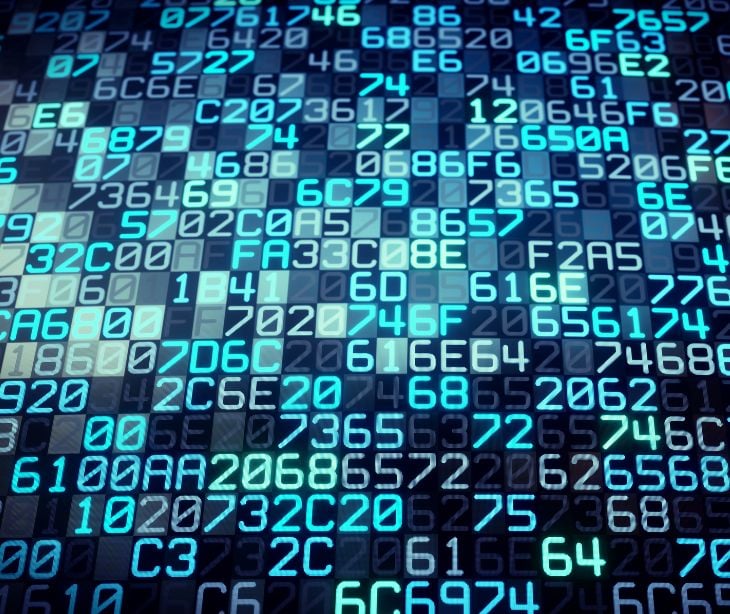
Quoted printable encoding is a method to encode data by converting characters into a format that can be transmitted over systems that primarily handle text.
Understanding quoted printable encoding
Quoted printable encoding is a technique that makes it possible to safely send data consisting of non-printable or special characters (like those in different character sets beyond standard ASCII) via email, which was primarily designed to handle text data. The method comes from the MIME (Multipurpose Internet Mail Extensions) standard, which is an Internet standard that extends email to support non-text attachments and character encodings other than ASCII.
Quoted printable encoding is particularly useful because it ensures that emails with characters outside the basic ASCII set (such as accents or other language specific characters) are properly transmitted over the Internet. Converting non- printable and special characters into a format that can be safely sent through email systems that might not support them directly.
The use cases of quoted printable encoding
- Secure email transmission of patient data: When sending emails containing patient information that may include special characters or non ASCII text (such as names with accents or unique identifiers), quoted printable encoding ensures these details are accurately preserved and readable across various email systems.
- HL7 messaging over email: Healthcare Level 7 (HL7) messages, which are standard for exchanging information between medical applications, often contain special characters. Quoted printable encoding allows these messages to be sent via email without losing the integrity of the data.
- International communication: Healthcare providers and institutions often communicate across borders, involving languages that use characters beyond the basic ASCII set. Quoted printable encoding facilitates these communications by ensuring that all characters are transmitted accurately.
- Email notifications: Automated email notifications from healthcare systems (such as appointment reminders or lab results) may need to include special formatting or non ASCII characters. Using quoted printable encoding ensures these notifications are correctly received and displayed.
- Document transmission: When healthcare documents, including PDFs or Word documents, are transmitted as email attachments or embedded within emails, quoted printable encoding helps encode any metadata or content that might not conform to standard ASCII, ensuring the document's fidelity upon receipt.
See also: How to navigate the data limits on email
Quoted printable encoding and Base 64
Base64 is a method used to encode binary data into an ASCII string format, making it safe to transmit data over media that are designed to deal with text. This encoding transforms each set of three bytes of binary data into four characters from a specific set of 64 characters, allowing binary content like images or file attachments to be embedded in email or XML documents.
Compared to quoted-printable encoding, which is designed to make emails with non-ASCII characters safe for transmission by encoding only the necessary characters, Base64 encodes every character, making it more suited for binary or non-text data. While both Base64 and quoted printable encoding ensure data integrity during transmission, they cater to different types of content. Quoted printable is more efficient for text with a few non ASCII characters, as it keeps the encoded data relatively readable and only encodes characters that need it.
See also: What is email security?
The role of quoted printable encoding in HL7
Quoted printable encoding acts in the process of transmission of HL7 messages over Internet email, as discussed in the study titled Secure HL7 Transactions using Internet Mail. This encoding method ensures that HL7 messages, which may contain special characters and non ASCII text intrinsic to healthcare data (like patient names with accents or specific medical symbols), are accurately preserved when sent through email systems.
By converting these potentially problematic characters into a format safe for transmission, Quoted Printable Encoding facilitates reliable and legible communication across different email platforms. This is particularly necessary in the healthcare industry, where data integrity and clarity are paramount. The study echoes the idea of quoted printable encoding acting as a tool for maintaining the fidelity of HL7 messages.
See also: HIPAA Compliant Email: The Definitive Guide
FAQs
Where is quoted printable encoding commonly used?
It is commonly used in email transmission and MIME (Multipurpose Internet Mail Extensions) formats to encode the body of emails and attachments that contain non ASCII characters.
Can quoted printable encoding handle binary data?
Yes, it can encode binary data for transmission over text based protocols by converting binary data into a printable ASCII format, though it is more commonly used for text data that includes special characters.
Subscribe to Paubox Weekly
Every Friday we'll bring you the most important news from Paubox. Our aim is to make you smarter, faster.



